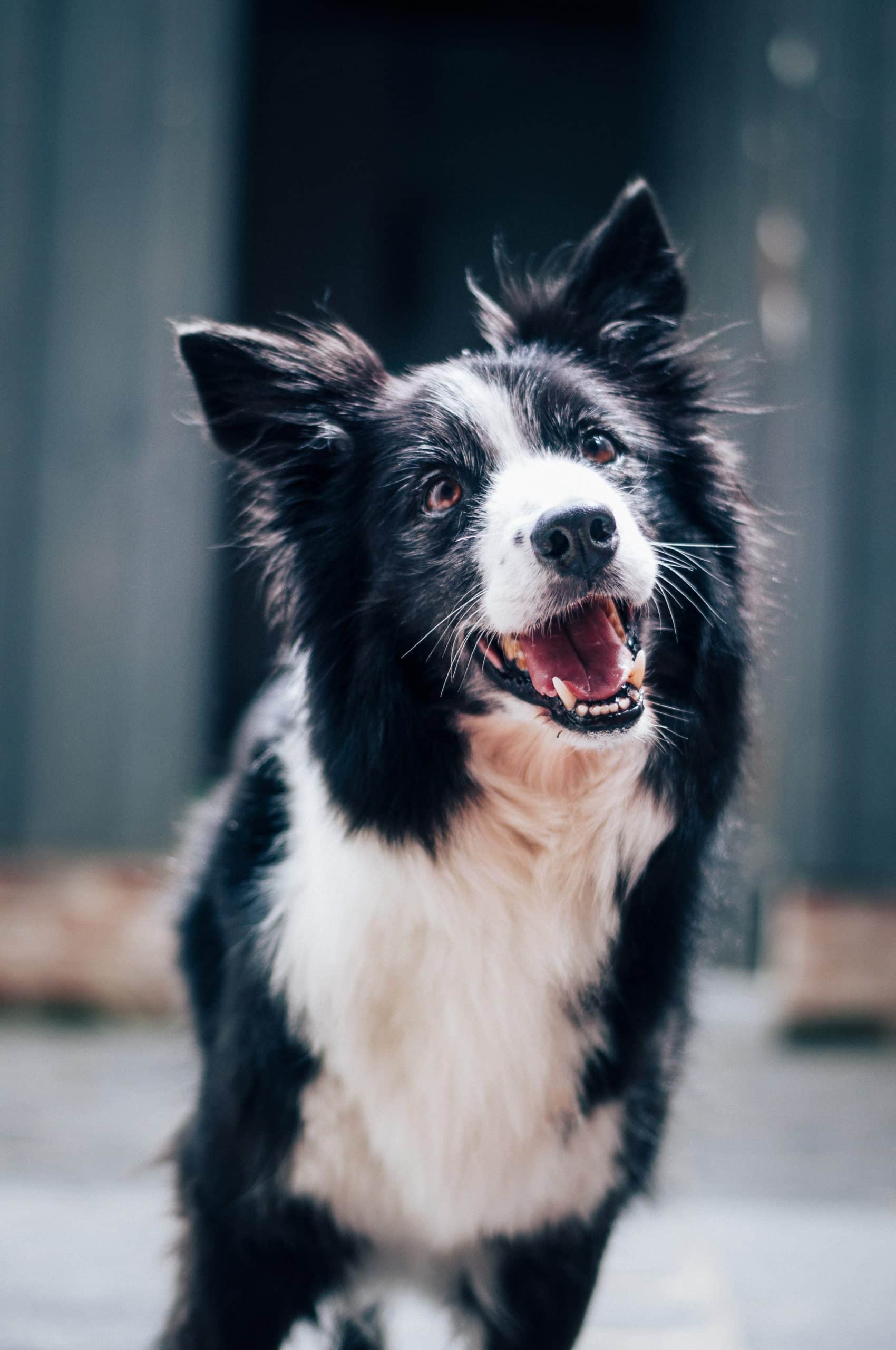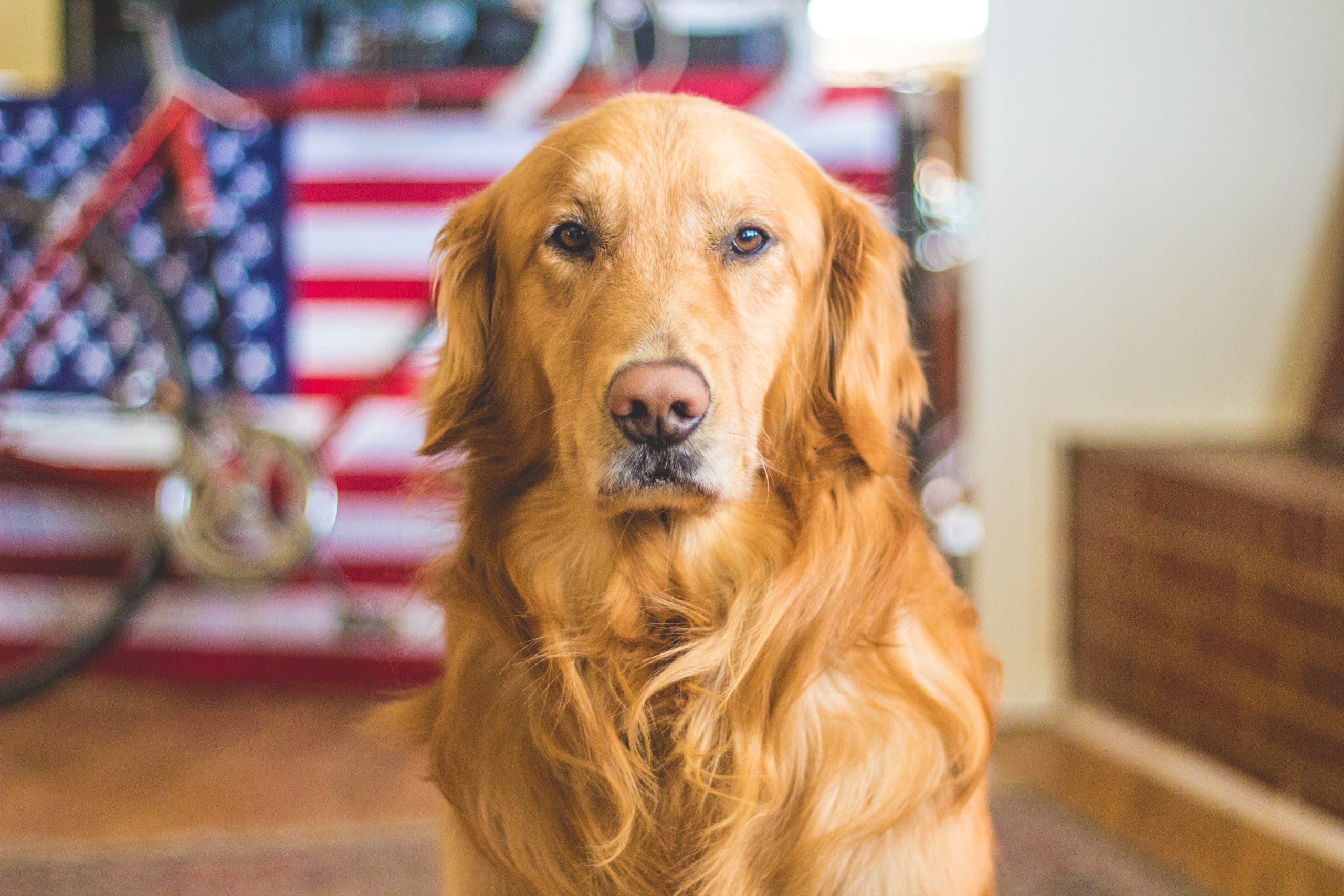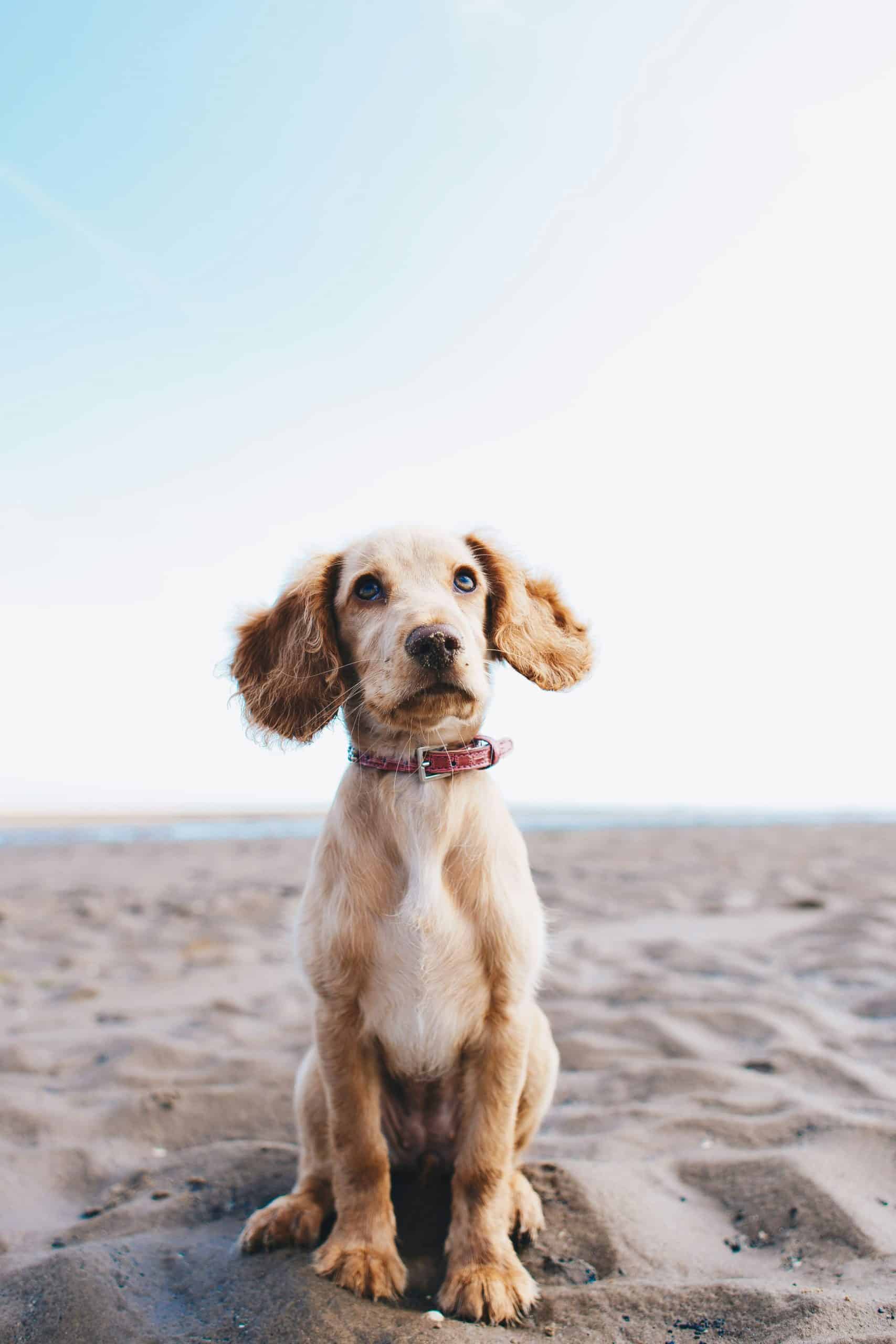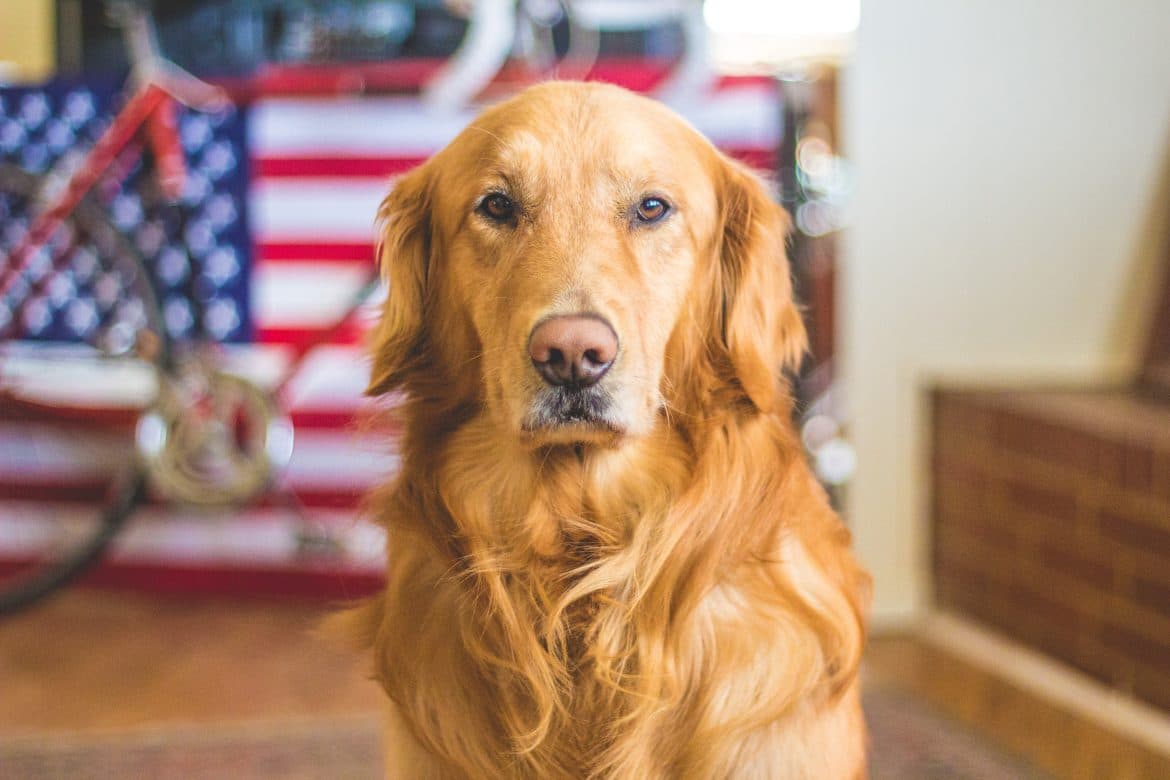If you're a dog owner, you know that choosing the right toys for your furry friend is essential for their happiness and overall well-being. In this article, we will explore some tips and considerations to help you select the perfect toys for your dog. From understanding your dog's lifestyle and preferences to finding play activities that suit their needs, this guide will provide you with valuable insights to ensure your dog enjoys hours of fun and stimulation. Whether you have a puppy who loves to chew or an energetic dog who thrives on interactive play, we've got you covered. Let's dive in and discover how to choose the perfect toys for your beloved four-legged companion.
How to Choose the Perfect Toys for Your Dog
When it comes to choosing toys for your furry friend, there are several factors to consider. From the size and breed of your dog to their age and activity level, these considerations play a crucial role in selecting toys that are not only entertaining but also safe and suitable for their needs. In this comprehensive guide, we will explore these factors in detail to help you make the best choices for your beloved companion.

This image is property of images.unsplash.com.
Size and Breed
The size and breed of your dog are essential factors to consider when selecting toys. Larger breeds may require sturdier toys that can withstand their powerful jaws and energetic play. On the other hand, smaller breeds may prefer softer toys that they can easily carry around. Additionally, certain breeds have specific preferences or tendencies. For instance, retrievers might enjoy toys that they can fetch and retrieve, while terriers might prefer toys that challenge their problem-solving skills.
Age
The age of your dog is another crucial factor in toy selection. Puppies, for example, might have different needs than senior dogs. Puppies are often teething, so toys that can alleviate their discomfort and encourage proper chewing behavior are ideal. On the other hand, senior dogs may benefit from toys that provide mental stimulation, promote gentle exercise, or cater to their aging teeth and gums. Understanding the needs of your dog at different life stages will help you choose toys that are age-appropriate and beneficial.
Activity Level
Considering your dog's activity level is vital in selecting toys that match their energy and exercise requirements. Active and highly energetic dogs may enjoy toys that encourage physical exertion, such as balls or frisbees. On the other hand, low-energy dogs might prefer toys that engage their minds and provide mental stimulation, like puzzle toys. By selecting toys that suit your dog's activity level, you can ensure they stay happy, healthy, and entertained.
Types of Toys
Understanding the different types of toys available will help you cater to your dog's specific preferences and needs. Let's explore some of the most common types of toys:
Chew Toys
Chew toys are specially designed to satisfy your dog's natural instinct to chew. They can help alleviate boredom, promote healthy dental hygiene, and redirect destructive chewing behavior. Look for chew toys made from durable materials that are safe for your dog to chew on.
Interactive Toys
Interactive toys are perfect for dogs that love mental stimulation and problem-solving activities. These toys typically require your dog to work for their reward, keeping their mind engaged and preventing boredom. Interactive toys can range from treat-dispensing puzzles to toys that make your dog engage in certain actions to access hidden treats.
Plush Toys
Plush toys are soft and cuddly, which makes them excellent for dogs who enjoy carrying around toys and snuggling with them. However, it's essential to choose plush toys that are durable enough to withstand your dog's play and chewing habits. Look for reinforced seams and durable materials to ensure longevity.
Puzzle Toys
Puzzle toys are a great way to challenge and entertain your dog. These toys typically involve hiding treats or puzzle pieces that your dog must figure out how to access. Puzzle toys can provide mental stimulation and prevent boredom by engaging your dog's problem-solving skills.

This image is property of images.unsplash.com.
Material and Durability
When it comes to choosing toys, the material and durability are crucial considerations to ensure the safety and longevity of the toys. Here are a few things to keep in mind:
Quality Materials
Opt for toys made from high-quality materials to ensure they can withstand your dog's play. Look for toys that are specifically labeled as durable and designed for rigorous play. Avoid toys made from cheap and easily breakable materials.
Durability and Safety
Ensure that the toys you choose are durable enough to withstand your dog's playstyle. Toys with reinforced seams, strong stitching, and sturdy construction will last longer and minimize the risk of accidental ingestion of small or dangerous parts.
Non-Toxic Materials
Always check that the toys you select are made from non-toxic materials. Dogs may be prone to chewing on toys, and ingesting toxic materials can cause serious health issues. Look for toys that are labeled as non-toxic or made from natural, pet-safe materials.
Toy Size and Shape
Choosing the appropriate size and shape of toys is essential for your dog's safety and enjoyment. Consider the following factors:
Appropriate Size
Select toys that are appropriate for your dog's size to minimize the risk of choking or injury. Toys that are too small can be swallowed, while toys that are too large might be cumbersome or difficult for your dog to play with. Consider your dog's size and choose toys that are suitable for their breed and weight.
Shape and Texture
Different dogs may have preferences for certain shapes and textures. Some may prefer toys with unique shapes that are easy to grip, while others may enjoy toys with different textures that provide sensory stimulation. Observe your dog's preferences and experiment with various shapes and textures to find what they enjoy most.

This image is property of images.unsplash.com.
Noise Level
Dogs have different reactions to noises, and it's important to consider your dog's sensitivity in choosing toys. Here are two types of toys to consider:
Squeaky Toys
Squeaky toys can be highly entertaining for dogs, but they may not be suitable for every dog. Some dogs may become overly excited or agitated by the squeaking sound, while others may find it comforting. If your dog is sensitive to noise or becomes too focused on the squeaker, it's best to choose toys without a squeaking feature.
Quiet Toys
Quiet toys are an alternative for dogs who prefer a calmer play experience. These toys may still provide engaging activities and mental stimulation but lack the noise aspect. Quiet toys can be especially beneficial for households with noise-sensitive dogs or owners who prefer a quieter playtime environment.
Preference and Interest
Just like humans, dogs have preferences and interests when it comes to toys. Considering your dog's individual likes and dislikes can make playtime more enjoyable and engaging for them. Here are a couple of things to keep in mind:
Consider Your Dog's Preferences
Observe your dog's interactions with different toys. Do they seem to enjoy toys with certain textures or shapes? Do they engage more with certain types of toys? Understanding your dog's preferences can help you choose toys that they'll love and keep them entertained for hours.
Consider Their Interests
Take into account your dog's interests when selecting toys. Some dogs might enjoy toys that simulate chasing and retrieving, while others might prefer toys that encourage problem-solving or provide comfort through cuddling. For example, if your dog loves water, they may enjoy toys designed for water play. By catering to your dog's specific interests, you can enhance their playtime experience.
Supervision and Safety
No matter how safe a toy may be, supervision is always necessary to ensure your dog's safety. Here are some important safety considerations:
Inspect Toys Regularly
Regularly inspect your dog's toys for any signs of wear and tear. Discard toys that have become damaged, as they may pose a choking hazard or contain small parts that can be ingested. Replace worn-out toys promptly to maintain your dog's safety during playtime.
Avoid Small Parts
Avoid toys with small parts that can break off easily. Dogs can accidentally swallow small parts, leading to choking or intestinal blockage. Always choose toys that are free of small detachable parts and are designed to withstand rough play.
Avoid Toys with Strings or Loose Pieces
Toys with strings, ribbons, or loose pieces can pose a safety risk if they become tangled around your dog's neck or limbs. These toys can also be chewed off and ingested, leading to potential digestive issues. Opt for toys without loose parts to avoid any potential hazards.
Pet Store vs. Homemade Toys
Choosing between pet store toys and homemade toys is a matter of personal preference. Here are some considerations for both options:
Pet Store Toys
Pet store toys offer a wide variety of options to choose from, catering to different preferences, needs, and budgets. These toys are specifically designed for dogs and often come with safety instructions. Pet store toys typically undergo safety testing to ensure they meet certain standards. However, they may be more expensive than homemade options.
Homemade Toys
Homemade toys can be a cost-effective alternative and allow for customization based on your dog's preferences. However, it's essential to ensure the materials used are safe and non-toxic. Avoid using small parts, toxic materials, or anything that could pose a choking hazard or cause injury to your dog. Always supervise your dog while they're playing with homemade toys to ensure their safety.
Toy Rotation and Variety
To prevent boredom and keep your dog entertained, toy rotation and variety are key. Dogs, like humans, can become tired of playing with the same toys day after day. Here are some tips to keep playtime exciting:
Rotate Toys
Rather than leaving out all of your dog's toys at once, try rotating them periodically. Store a portion of their toys and switch them out every few weeks. By reintroducing "new" toys, you can reignite their interest and keep them engaged during playtime.
Provide Variety
Offering a variety of toys can cater to different types of play and mental stimulation. Include toys for solo play, interactive toys for playtime with you, and puzzle toys for mental exercise. By providing different types of toys, you can keep your dog entertained and stimulated throughout the day.
Special Considerations
Certain situations may require special consideration when choosing toys for your dog. Let's explore a few common scenarios:
Teething Puppies
Teething puppies often experience discomfort and a strong urge to chew. Provide them with appropriate chew toys specifically designed for teething, as these toys can soothe their gums and discourage them from chewing on inappropriate objects, such as furniture or shoes.
Senior Dogs
Senior dogs may have decreased mobility and dental health issues. Consider toys that are gentle on their teeth and joints, such as plush toys or puzzle toys that are easier to manipulate. Providing mental stimulation and gentle exercise through toys can help keep senior dogs active and engaged.
Destructive Chewers
If your dog has a tendency to destroy toys within minutes, look for toys specifically designed for destructive chewers. These toys are made from ultra-durable materials and are built to withstand rigorous play. Opt for toys that are labeled as "indestructible" or are specially designed for heavy chewers to ensure longevity.
Choosing the perfect toys for your dog requires careful consideration of their individual needs, preferences, and safety. By considering factors such as size, breed, age, activity level, and toy type, you can select toys that promote mental stimulation, physical exercise, and fun-filled playtime. Remember to periodically inspect toys for wear and tear, avoid small parts or loose pieces, and supervise your dog during play. With the right toys, your furry friend will be entertained, happy, and healthy.


